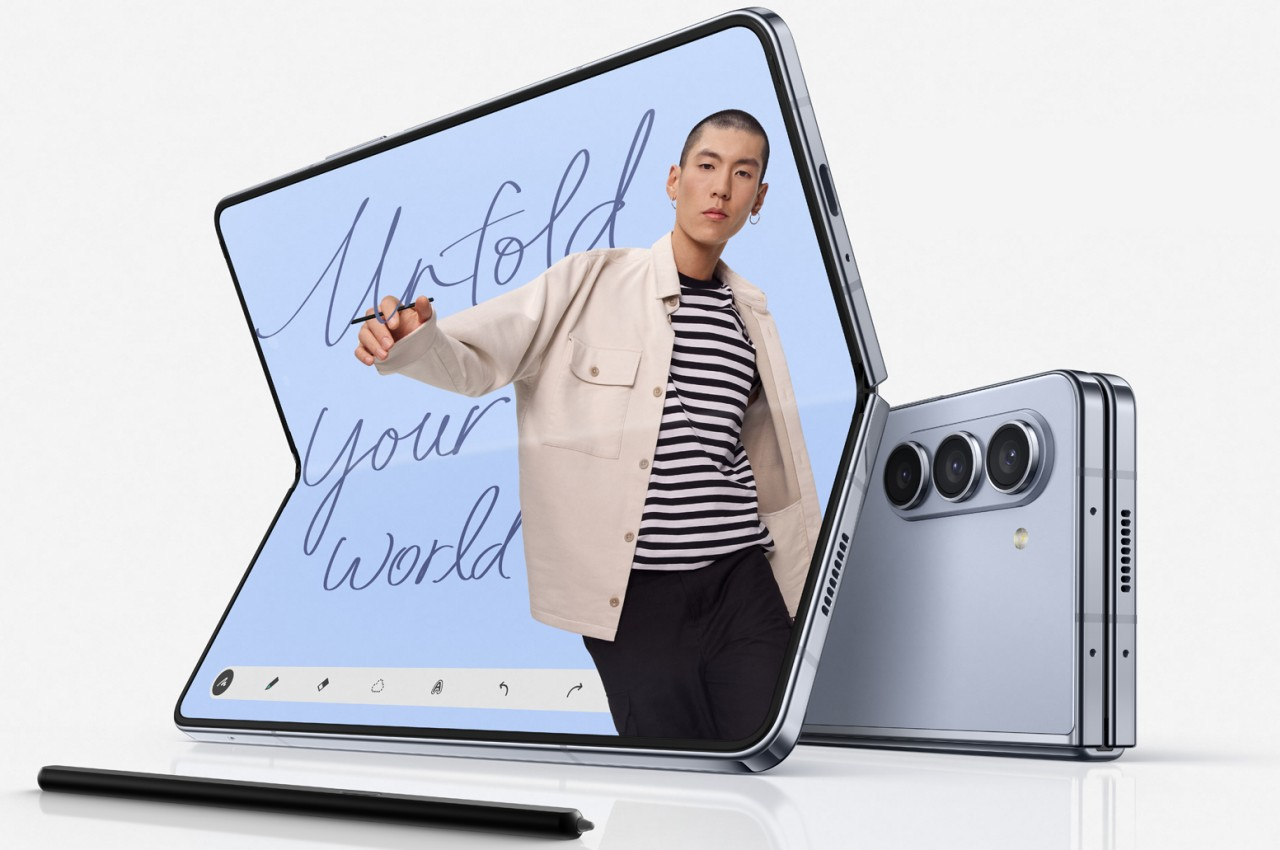
Although foldable phones are now a hot topic in the smartphone industry, they are hardly the hottest-selling products in the market. There’s still significant pushback on buying these form-changing phones, partly because of durability concerns but mostly due to the price tags attached to them. There are more affordable foldable phones from brands like OPPO, Vivo, and OnePlus, but most people still look to Samsung as the golden standard for these devices, warranted or not. The Galaxy Z Flip clamshell style foldable almost fits the bill, costing almost as much as a high-end smartphone, but it also doesn’t embody the potential of foldable phones. For years now, there has been a lot of talk about Samsung launching a more affordable version of the Galaxy Z Fold, but nothing has come to pass yet. If industry rumors are correct this time, however, that cheaper Samsung foldable might finally hit the market really soon.
Designer: Samsung (via The Elec)

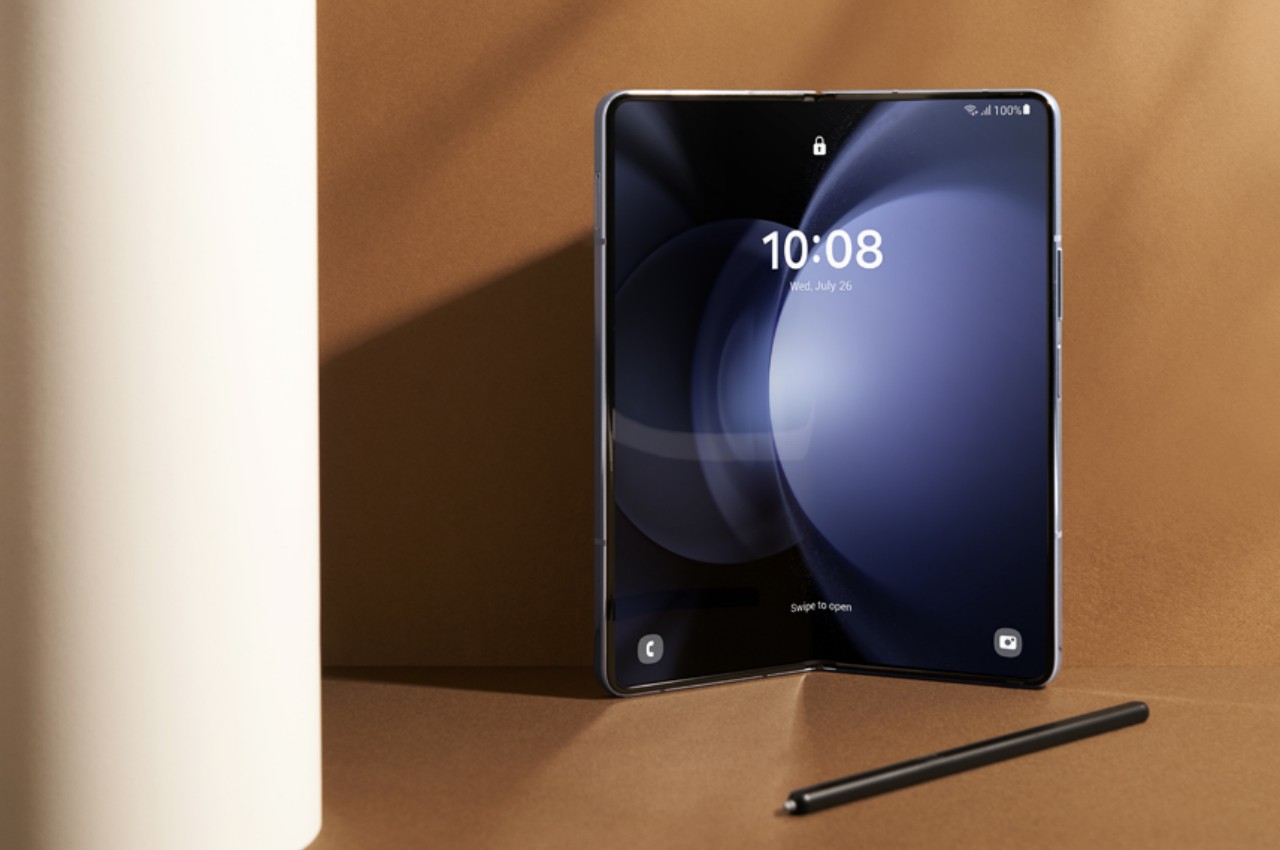
What makes a foldable phone more expensive than regular smartphones? Branding and R&D costs aside, the biggest cost in making these phones comes from the specialized hinges and, more importantly, the flexible displays. The latter alone can make up a huge chunk of the phone’s so-called build cost because of their low yield rates per production run, expensive materials, and expensive equipment used to put them all together. Finding a cheaper way to make these foldable screens without drastically downgrading their quality and durability could help drive down the prices of the final product.
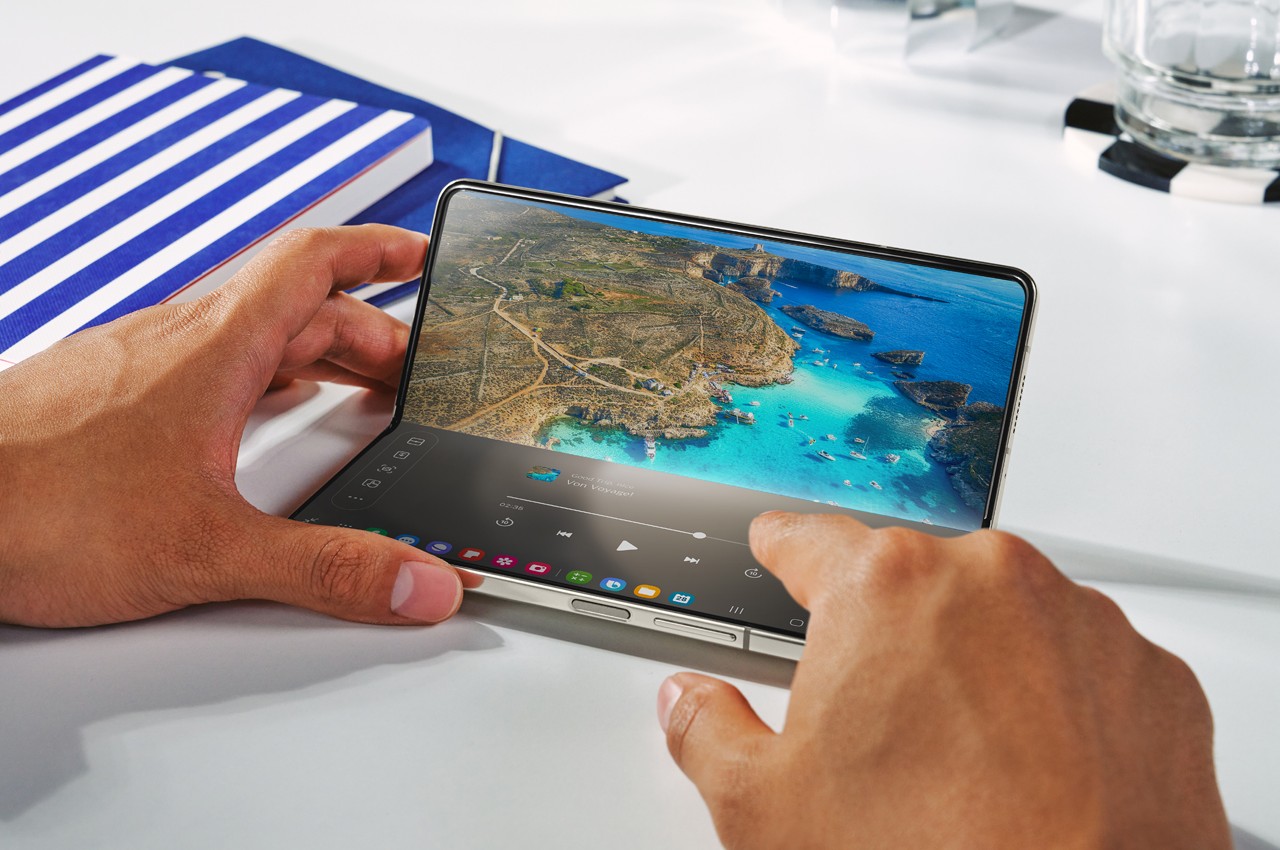
According to sources in the industry, Samsung is close to achieving this objective by switching to a different method to produce the flexible display panels it uses for making its foldable phones. Without going too deep into the technical details, the insider tip claims that Samsung has found a more affordable process to make the bezels that will hide the circuitry of these foldable panels, which is apparently one of the reasons why these screens are expensive. This is the same process Samsung Display uses for iPhone screens, so there’s little concern about the quality, at least for regular rigid screens.
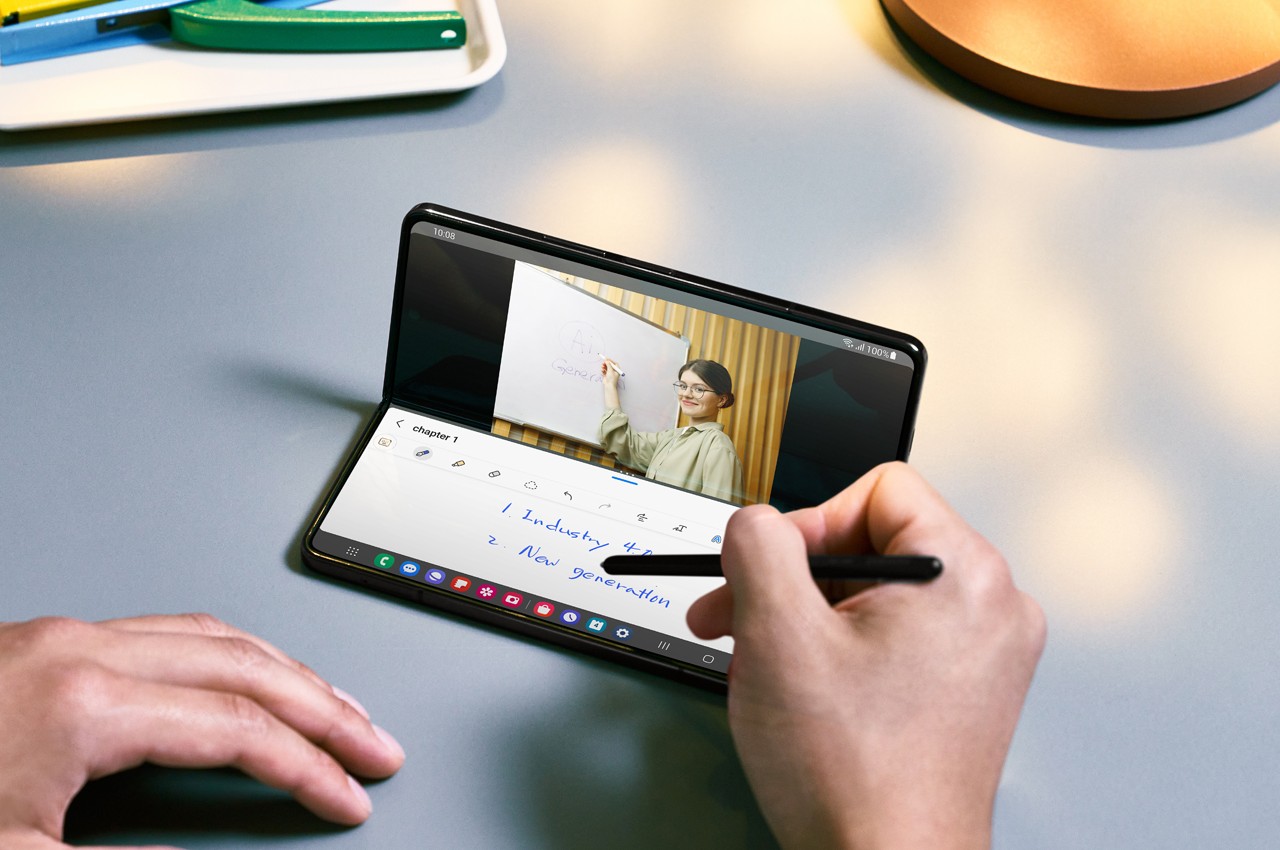
Making the flexible panel less costly will have a rippling effect that could help make it possible to save off some digits from the retail price as well. It’s not a done deal, though, especially if the cheaper displays turn out to also be less reliable. Furthermore, Samsung could also use the opportunity to add more features and upgrades to the foldable phone, offsetting the cost savings and keeping the product’s premium price tag in the end.
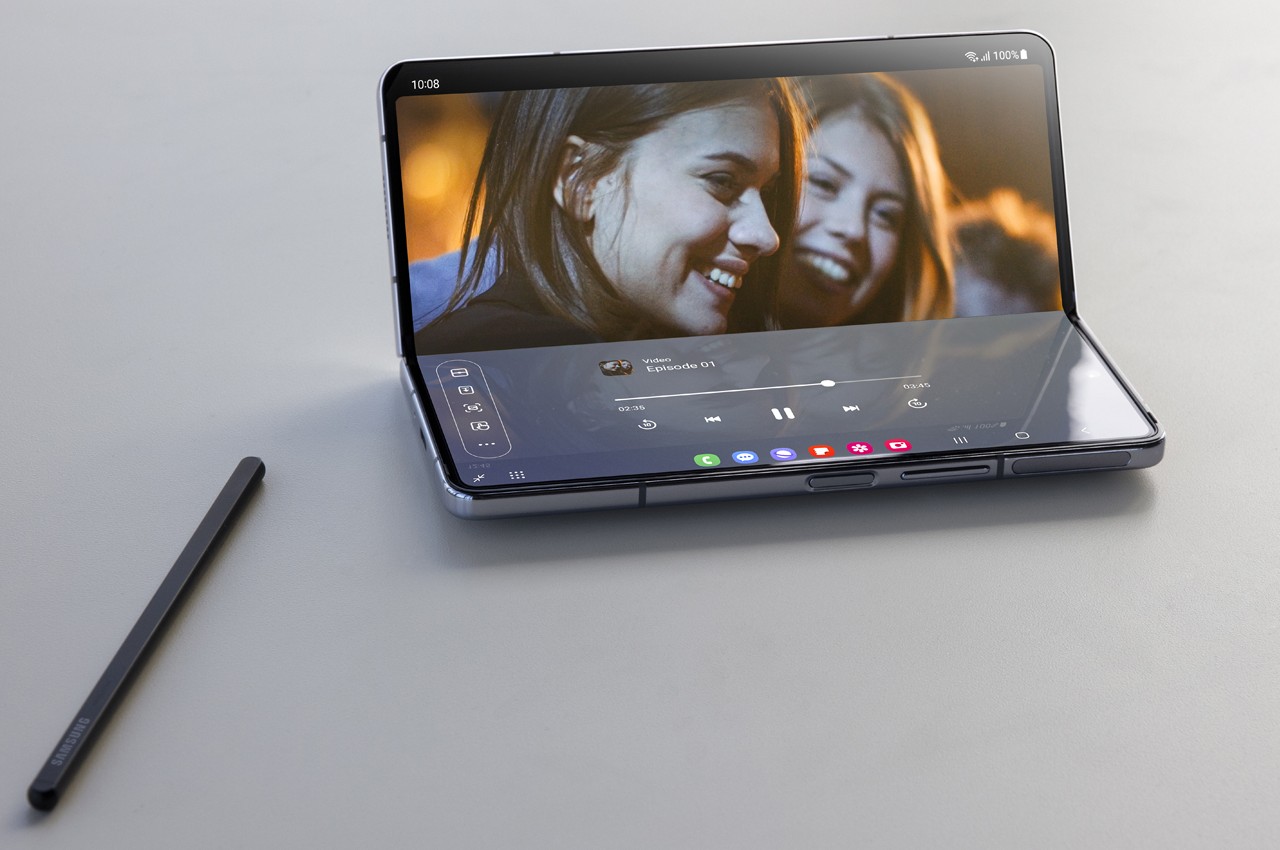
That said, it would definitely be in Samsung’s best interest to offer a more accessible foldable phone, especially the “regular” book-type Galaxy Z Fold. Its competitors have almost caught up to it with more affordable designs, and Samsung’s only advantage now is the weight of its brand in a very small number of exclusive features. When it comes to the foldable experience, however, some might even say that Samsung is the one trying to catch up, so any advantage, especially when it comes to price, will help it regain its lead.
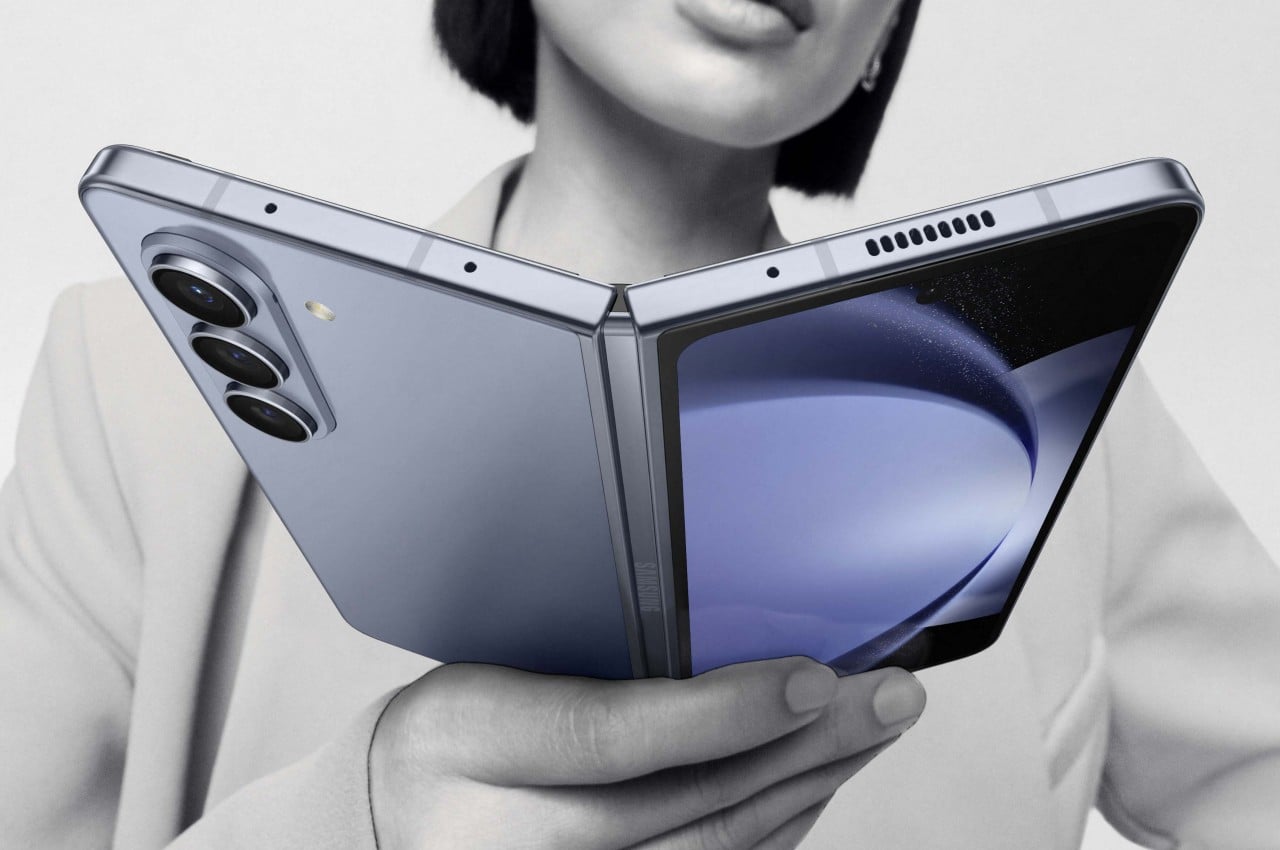
The post Cheaper Samsung foldable phone might be on the horizon first appeared on Yanko Design.
0 Commentaires